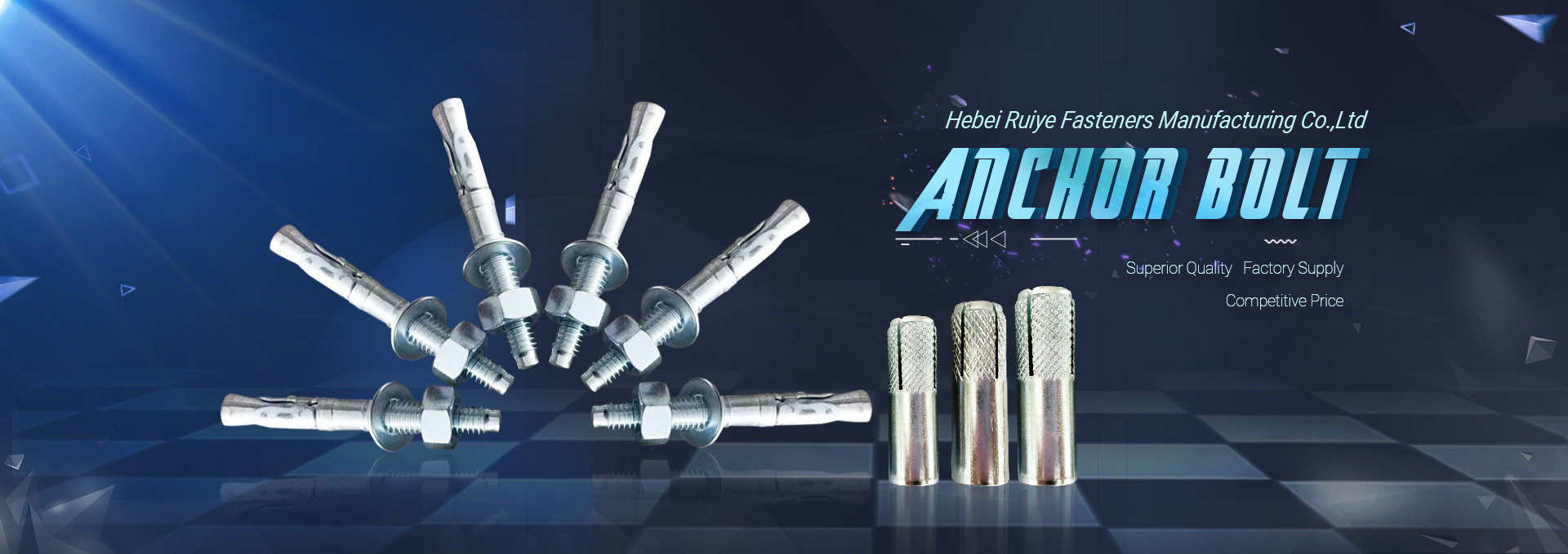The difference between environmentally friendly galvanizing and ordinary galvanizing is only the passivation solution used.Ordinary galvanizing uses hexavalent chromium, while environmentally friendly galvanizing uses trivalent chromium, and its price is almost double that of ordinary galvanizing. A simple understanding is the so-called: CR3+ is now stricter in the EU. Other countries still accept CR6+. If your home appliances are to be exported to the EU, the inspection will be stricter, and you have to use environmentally friendly galvanized materials.
From July 1, 2006, new electronic and electrical equipment put on the market do not contain lead, mercury, cadmium, hexavalent chromium, polybrominated diphenyl ether (PBDE) or polybrominated biphenyl (PBB). Prior to the adoption of this Directive, the measures established by member states to restrict or prohibit the use of these substances in electrical and electronic equipment in accordance with Community regulations can be maintained until July 1, 2006.
-Pb lead max 0.1% in weight of Lead
-Hg mercury max 0.1% in weight of Mercury
-Cd cadmium max 0.01% in weight of Cadmium
-Cr6+hexavalent chromium max 0.1% in weight of Hexavalent Chromium
-PBDE polybrominated diphenyl ether max 0.1% in weight of PBDE
-PBB polybrominated biphenyl max 0.1% in weight of PBB
The components of mercury, cadmium, lead, hexavalent chromium, polybrominated biphenyl (PBB), and polybrominated diphenyl ether (PBDE) may still pose risks to human health and the environment. Green environmental protection is the protection of human beings. The EU directives form a green standard, which requires all finished products and parts manufacturers to respond accordingly and build a green manufacturing system that runs through the entire supplier→customer→consumer The supply chain becomes the "green supply chain".
Post time: Oct-15-2020

